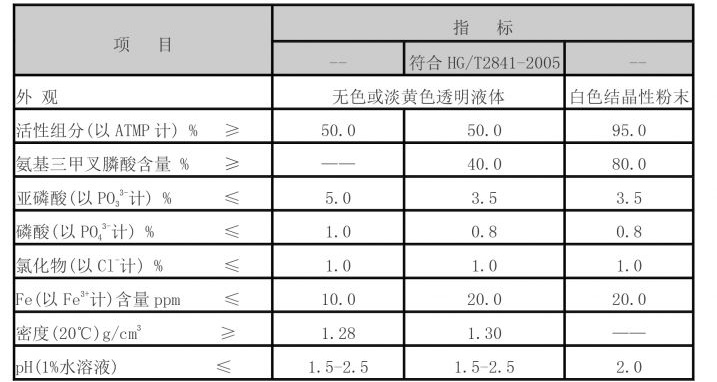polyaluminium chloride water treatment
The Role of Polyaluminium Chloride in Water Treatment
Water is an essential resource for all forms of life, and its quality significantly affects health, the environment, and economic development. The treatment of water to make it safe for consumption and use is an ongoing challenge faced by communities globally. One of the most effective substances used in water treatment is Polyaluminium Chloride (PAC), a coagulant that has gained popularity in both municipal and industrial water treatment processes.
Understanding Polyaluminium Chloride
Polyaluminium Chloride is a versatile, inorganic polymer that is widely used in water treatment due to its excellent coagulation and flocculation properties. It is created by hydrolyzing aluminum chloride and works by neutralizing the charges on suspended particles in water, allowing them to aggregate and settle. The product is available in different forms, including liquid and solid, with varying degrees of aluminum content, enabling customization based on specific water treatment needs.
The Coagulation Process
In water treatment, coagulation is a crucial step in removing suspended solids, organic matter, and other impurities from water. The process involves the addition of coagulants like PAC, which destabilizes the suspended particles' charge, encouraging them to clump together and form larger aggregates called flocs. These flocs are then removed through sedimentation or filtration. The efficiency of PAC in promoting the coagulation process is superior to traditional coagulants, such as alum, making it a preferred choice for many treatment facilities.
Advantages of PAC Over Traditional Coagulants
1. Higher Efficiency Studies have shown that PAC can achieve better turbidity removal at lower doses compared to traditional coagulants. This makes it not only more effective but also more economical as less chemical is needed.
2. Wider pH Range PAC exhibits effective coagulation properties across a broader pH range, making it suitable for various water types. This flexibility is particularly beneficial in regions where water quality fluctuates significantly.
polyaluminium chloride water treatment

3. Reduced Sludge Production The use of PAC often results in lower volumes of sludge being produced during the treatment process. This reduction cuts down on the costs and efforts associated with sludge handling and disposal, which is a significant concern in wastewater treatment.
4. Improved Settling Rate PAC tends to produce denser and faster settling flocs, which facilitates quicker clarification of water and enhances the efficiency of the treatment process.
5. Less Corrosive Compared to alum, PAC is less corrosive, reducing wear and tear on equipment and lowering maintenance costs.
Environmental Considerations
In recent years, the environmental impact of water treatment processes has become a focal point of concern. PAC is considered environmentally friendly compared to other coagulants, as it has a low impact on aquatic ecosystems. Additionally, due to its effectiveness at lower concentrations, the likelihood of residual aluminum in treated water is minimized, ensuring compliance with regulatory standards for drinking water quality.
Applications Beyond Drinking Water
While PAC is widely recognized for its role in drinking water treatment, its applicability extends to various other sectors, including wastewater treatment, paper manufacturing, and even the food industry. In wastewater treatment, PAC helps in the removal of phosphates and other contaminants, aiding in the prevention of algal blooms and improving overall water quality before discharge.
Conclusion
Polyaluminium Chloride has established itself as an indispensable component of modern water treatment practices. Its superior performance, economic benefits, and environmental advantages make it an optimal choice for addressing the challenges of providing clean, safe water. As water scarcity and quality issues continue to rise globally, innovative solutions like PAC will be crucial in ensuring sustainable water management. Embracing such advancements is essential for creating a healthier and more sustainable future for all.
-
lk-319-special-scale-and-corrosion-inhibitor-for-steel-plants-advanced-solutions-for-industrial-water-systemsNewsAug.22,2025
-
flocculant-water-treatment-essential-chemical-solutions-for-purification-processesNewsAug.22,2025
-
isothiazolinones-versatile-microbial-control-agents-for-industrial-and-consumer-applicationsNewsAug.22,2025
-
scale-inhibitor-key-solutions-for-water-system-scale-preventionNewsAug.22,2025
-
organophosphonates-versatile-scale-inhibitors-for-industrial-water-systemsNewsAug.22,2025
-
scale-and-corrosion-inhibitor-essential-chemical-solutions-for-water-system-maintenanceNewsAug.22,2025





